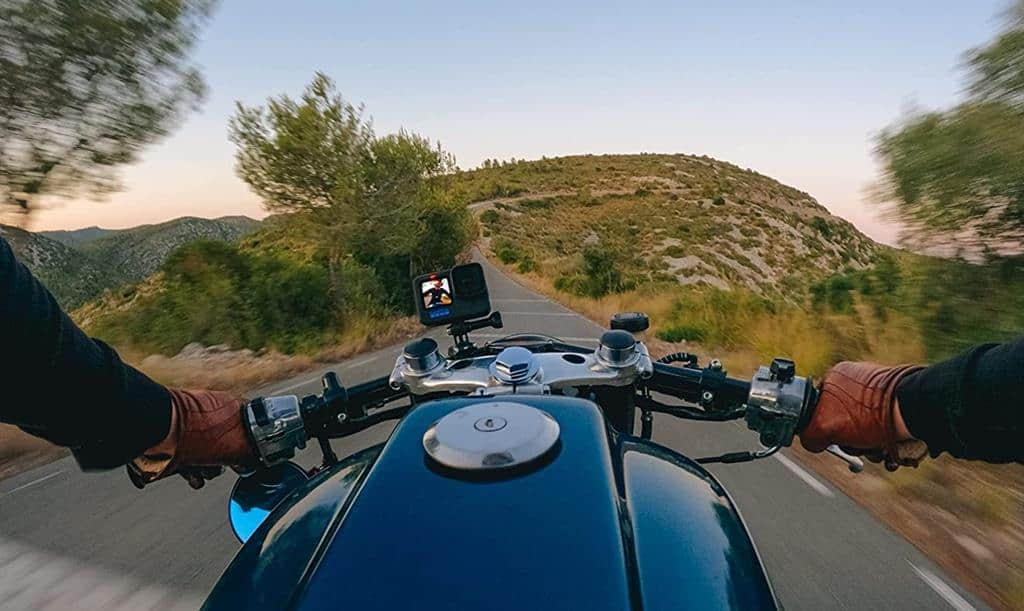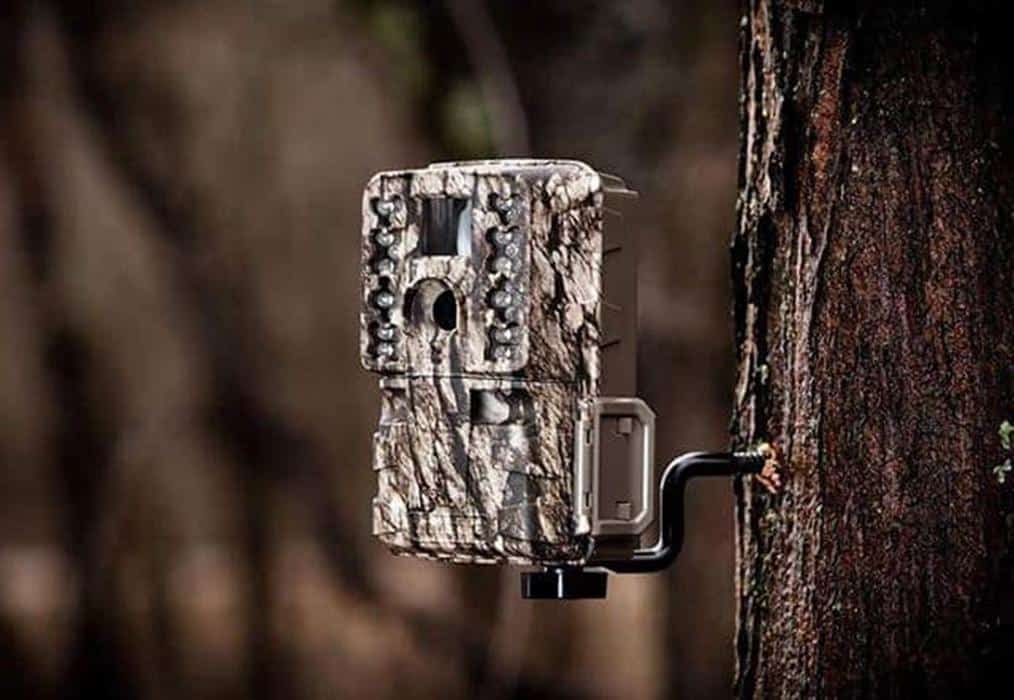The world of wildlife is both captivating and elusive, offering glimpses into the lives of creatures that roam our natural landscapes. Motion-activated wildlife cameras, also known as trail cameras, have revolutionized our ability to observe wildlife in their natural habitats without human interference. In this article, we’ll delve into what motion-activated wildlife cameras are, how they work, and guide you through the process of selecting the best camera to suit your needs.
Understanding Motion-Activated Wildlife Cameras
What Are They?
Motion-activated wildlife cameras are specialized devices designed to capture images and videos of animals or other subjects that trigger their motion sensors. These cameras are commonly used by wildlife researchers, nature enthusiasts, and even homeowners interested in monitoring their surroundings for signs of wildlife activity.
How Do They Work?
Motion-activated cameras are equipped with infrared sensors that detect heat and movement. When an animal or object passes within the camera’s detection range, it triggers the camera to capture images or videos. These cameras are usually placed in strategic locations like animal trails, feeding areas, or nesting sites to maximize the chances of capturing wildlife in action.

Choosing the Best Motion-Activated Wildlife Camera
1. Image Quality:
High image quality is crucial to capturing clear and detailed wildlife shots. Look for cameras with high megapixel ratings for sharp photos, and consider cameras that offer both daytime and nighttime capabilities for around-the-clock observation.
2. Detection Range and Angle:
The camera’s detection range determines how far it can detect motion. Choose a camera with a range suitable for the environment you plan to monitor. Additionally, a wide detection angle enhances the camera’s coverage, increasing the likelihood of capturing animals passing by.
3. Trigger Speed:
Trigger speed is the time it takes for the camera to capture a photo or video once motion is detected. Faster trigger speeds ensure you don’t miss out on capturing swift-moving creatures, providing more accurate and detailed shots.

4. Battery Life:
Long battery life is essential, especially if you plan to leave the camera unattended for extended periods. Opt for cameras with energy-efficient features and consider using rechargeable batteries to reduce long-term costs.
5. Storage Capacity:
Check the camera’s storage capacity, as it determines how many photos and videos the camera can store before you need to retrieve the data. Some cameras offer expandable memory options, while others automatically send captured content to your smartphone or email.
6. Durability and Weather Resistance:
Since wildlife cameras are often placed outdoors, durability and weather resistance are crucial. Look for cameras designed to withstand various weather conditions, including rain, snow, and extreme temperatures.
7. Wireless Connectivity:
Wireless connectivity allows you to remotely access the camera’s images and videos through your smartphone, tablet, or computer. This feature offers real-time monitoring and eliminates the need to physically retrieve the camera’s memory card.
FAQs About Motion-Activated Wildlife Cameras
1. What is a motion-activated wildlife camera, and how does it work?
A motion-activated wildlife camera, also known as a trail camera, is a device designed to capture images or videos of wildlife and other subjects that trigger its motion sensors. Equipped with infrared sensors, the camera detects heat and movement, activating the camera to record or photograph the subject as it passes within its detection range.
2. What are the typical uses of motion-activated wildlife cameras?
Motion-activated wildlife cameras are used for a variety of purposes, including wildlife research, nature observation, tracking animal behavior, and monitoring remote areas. They’re also valuable tools for hunters, security purposes, and homeowners who want to keep an eye on their property for signs of wildlife or trespassers.
3. What factors affect the quality of images and videos captured by these cameras?
Image quality is influenced by factors such as the camera’s megapixel rating, lens quality, and image processing capabilities. Cameras with higher megapixels capture more detailed images. Some cameras also have infrared capabilities for clear nighttime shots.
4. How do I choose the right detection range and angle for a wildlife camera?
The detection range and angle depend on the environment you’re monitoring. For wide-open areas, a camera with a longer detection range is ideal. Consider the typical distance wildlife passes by and choose a camera with a suitable range. A wider detection angle increases the camera’s coverage area.
5. What is trigger speed, and why is it important?
Trigger speed refers to the time it takes for the camera to capture a photo or video once motion is detected. Faster trigger speeds are crucial for capturing fast-moving animals and ensuring you don’t miss a shot. Look for cameras with trigger speeds measured in fractions of a second.
6. How long do the batteries typically last in motion-activated wildlife cameras?
Battery life varies depending on factors such as the camera’s features, usage, and weather conditions. Cameras with energy-efficient technology can extend battery life. It’s advisable to use high-quality batteries and consider rechargeable options for long-term cost savings.
7. Can I access the images and videos remotely from a motion-activated wildlife camera?
Yes, many modern wildlife cameras offer wireless connectivity options. These cameras can be paired with smartphones, tablets, or computers, allowing you to remotely access and view the captured images and videos. This feature provides real-time monitoring and eliminates the need to physically retrieve the camera’s memory card.
Conclusion
Motion-activated wildlife cameras have opened up a window into the hidden world of animals in their natural habitats. Whether you’re a wildlife enthusiast, researcher, or homeowner curious about the creatures around your property, choosing the right camera is key to capturing those magical moments. By considering factors like image quality, detection range, trigger speed, and connectivity, you can select a wildlife camera that becomes your eyes in the wild, providing insights into the lives of the magnificent creatures that share our planet.



